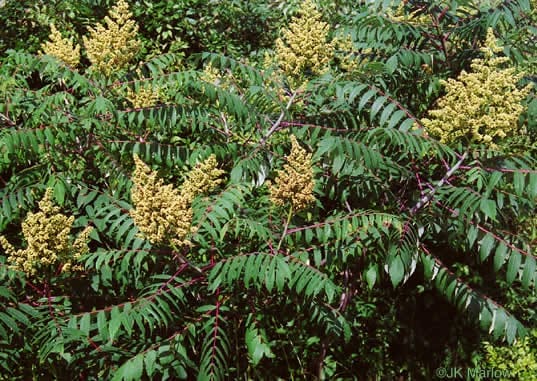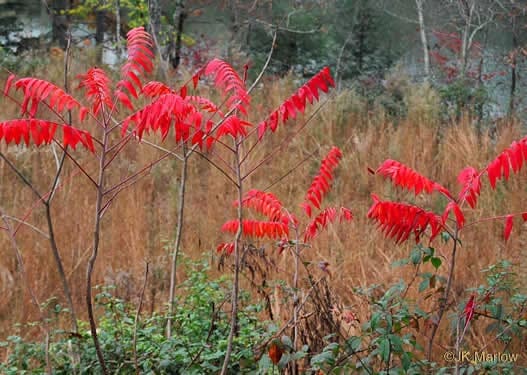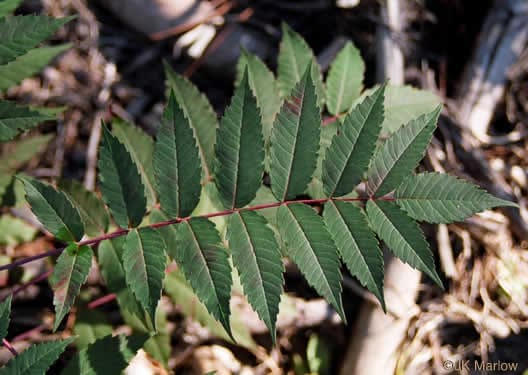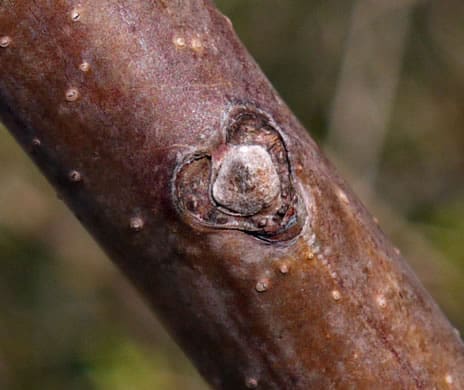Ericaceae
smooth sumac
Rhus glabra
Synonyms
Rhus glabra L. var. glabra
Rhus glabra L. var. laciniata
Plant Type
Small Tree/Large Shrub (10-25 ft)
Life Cycle
Perennial
Typical Size
9-15 ft. tall
9-15 ft. wide
Tolerant of
Deer, Drought
Inolerant of
Poorly Drained Soil
Propagation
By seed, By division
Plant Propagation Notes
Germination rates benefit from an acid scarification for a few hours followed by a moist cold stratification for a month.
Plant Planting Notes
Plant in an area where spreading into a colony isn’t an issue.
Plants/Diseases
Minor susceptibility to leafspot, rust, scale, aphids, and mites.
Wildlife Benefits
Nectar/pollen source for pollinating insects, Host plant for butterfly larvae, Fruit/seeds for birds
Leaves
Leaves alternate, compound with 11-31 leaflets that are lanceolate with serrate margins.
Flowers
Tiny green to white star-shaped flowers on panicles.
Fruit
Dark red drupes in conical clusters.
Bark
Brown smooth bark covered in a white wax coating.
Toxicity
No known toxicity.
Edibility
Young shoots and fruits are edible. Fruits are used to make a drink similar to lemonade.
Ethnobotanical Use
Fruit is boiled to make tea for a number of historical uses. Roots have been used to make a yellow dye.
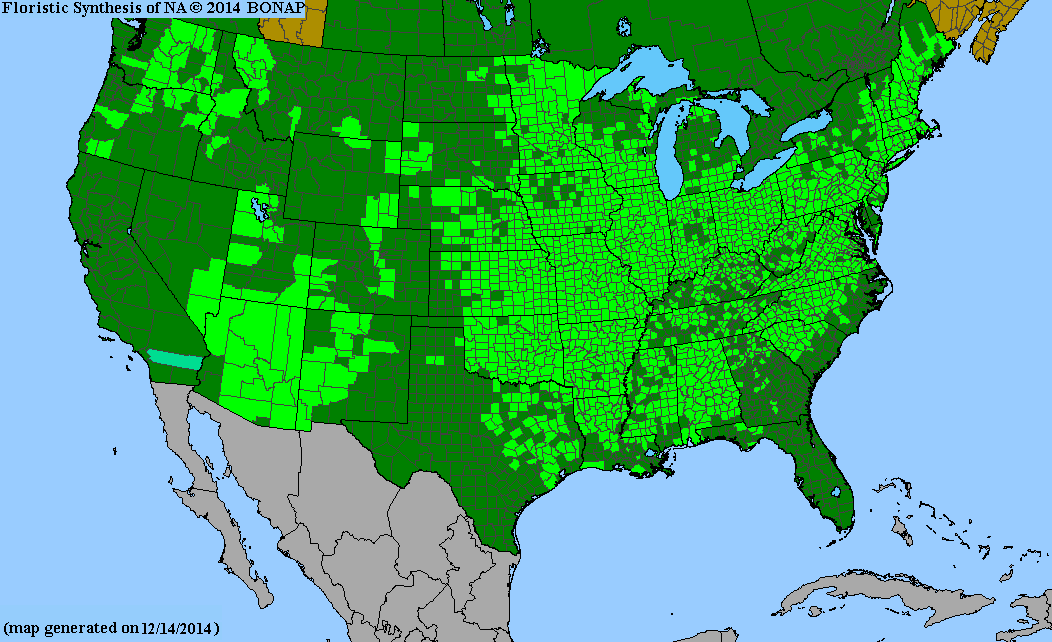
USDA Hardiness Zones
3, 4, 5, 6, 7, 8, 9
Light Exposure
Full Sun, Part Sun/Shade
Soil Moisture
Medium, Moist
Soil Drainage
Well-drained
Soil pH
Acidic (less than 6.0), Neutral (6.0-8.0)
Native in South Carolina?
Yes
Plant Native Habitat
Thrives in disturbed areas with moist soils, but will also grow in woodlands.
Global Conservation Status (NatureServe)
Secure (G5)
Federal Conservation Status (USFWS)
Not Listed
Distribution Notes
Rare in the South Carolina coastal plain and sandhills. Common in the piedmont. Uncommon in the mountains.

